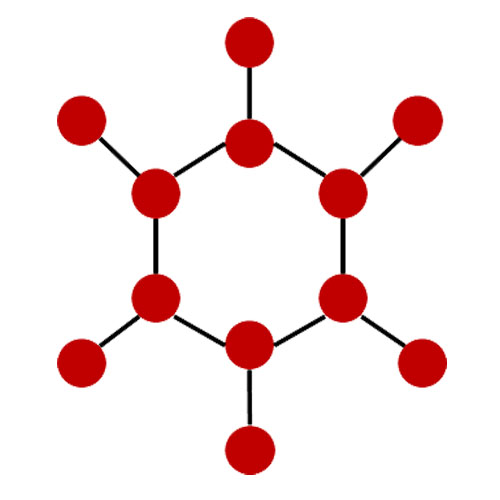
Professor Hamann of Albright College will present:
Intrinsic Chemistry of Sesquiterpenes: Useful for Predicting Their Enzyme-Bound and Solution-Phase Behavior?
Sesquiterpene (15-carbon hydrocarbon) molecules comprise a sub-class of secondary metabolites involved in attracting pollinators, repelling pests, communicating information, and other biologically important functions. They are notable for their structural diversity, including many mono-, di-, tri-, and tetra-cyclic molecular scaffolds. Also noted is their stereodensity. For example, cycloseychellene has 7 chiral centers in 11 carbons, the remaining 4 carbons presenting as achiral methyl groups! The connectivity and stereochemistry of sesquiterpenes originate from both the relative orientation of 2 alkene stereocenters and the enzyme-bound conformation of the starting material, farnesyl diphosphate. The connectivities of the ring systems limit their conformational freedom and thus their chemistry. This structural limitation applies as well to the carbocation precursors that have been well-established as intermediates in sesquiterpene biosynthesis. Sesquiterpene structure and carbocation-precursor reactivity may be probed using in vivo, in vitro, and in silico techniques. In this presentation a series of recent in silico studies examining the intrinsic (that is, gas phase) chemistry will be considered. By studying the transition from straight-chain to (poly)cyclic carbocations, as well as the conformational flexibility of the neutral hydrocarbons in silico, guiding themes useful for predicting enzyme-bound and solution-phase behavior emerge, with several important caveats. These themes and some of the caveats will be explored for several examples of mono- and poly-cyclic sesquiterpene molecular scaffolds.
